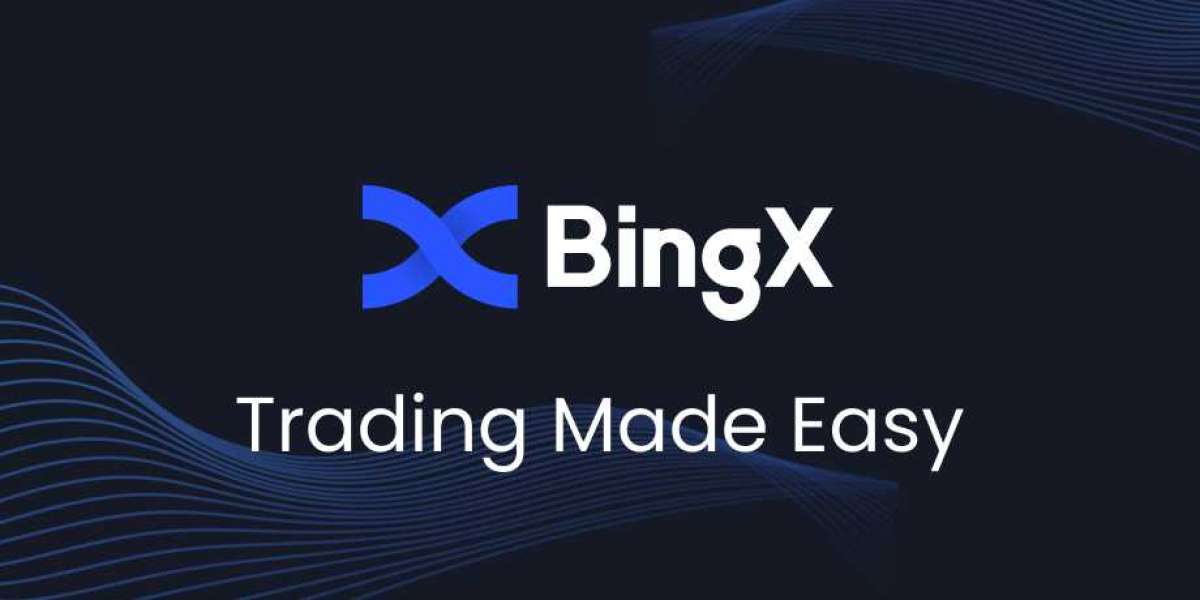Cardano is a decentralized public blockchain and cryptocurrency project that is focused on providing a secure and scalable platform for the development and execution of smart contracts and decentralized applications (dApps). It was created by Input Output Hong Kong (IOHK), a blockchain research and development company, and is led by Charles Hoskinson, co-founder of Ethereum.
Cardano uses a proof-of-stake (PoS) consensus algorithm called Ouroboros, which allows for more energy-efficient and decentralized decision-making compared to proof-of-work (PoW) algorithms used by other cryptocurrencies like Bitcoin. It also uses a multilayered architecture that separates the settlement layer (which handles transactions) from the computation layer (which handles smart contracts and dApps), allowing for more flexibility and scalability.
Cardano has its own native cryptocurrency, called ADA, which can be used to send and receive value on the Cardano blockchain, as well as to participate in the PoS consensus process and earn rewards. Cardano also supports the development and use of smart contracts and dApps, enabling developers to build decentralized applications that can be executed on the Cardano blockchain.
How does Cardano work?
In a proof-of-stake system, the network reaches consensus on the state of the blockchain by choosing the next block producer (often called a "validator") through a randomized "lottery" process. Rather than solving a computationally difficult problem (as in proof-of-work systems), validators are chosen based on the amount of stake (i.e., the amount of ADA cryptocurrency they hold) they have committed to the network. Validators that have a higher stake have a higher probability of being chosen to produce the next block, but their stake can also be at risk if they act maliciously.
Cardano also has a multilayered architecture that separates the settlement layer (which handles transactions) from the computation layer (which handles smart contracts and decentralized applications, or dApps). This separation allows for more flexibility and scalability, as the settlement layer can focus on processing transactions efficiently, while the computation layer can support more complex and resource-intensive dApps.
Cardano uses a functional programming language called Haskell to implement its blockchain protocol, which is designed to be more secure and reliable than other programming languages. It also uses a system of "formal verifications" to mathematically prove the correctness of its code, which helps to reduce the risk of bugs and vulnerabilities.
Overall, the goal of Cardano is to provide a secure and scalable platform for the development and execution of smart contracts and dApps, while also promoting decentralization and energy efficiency.



